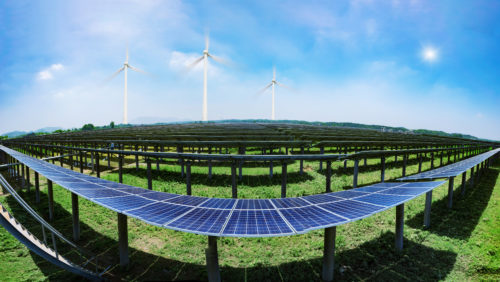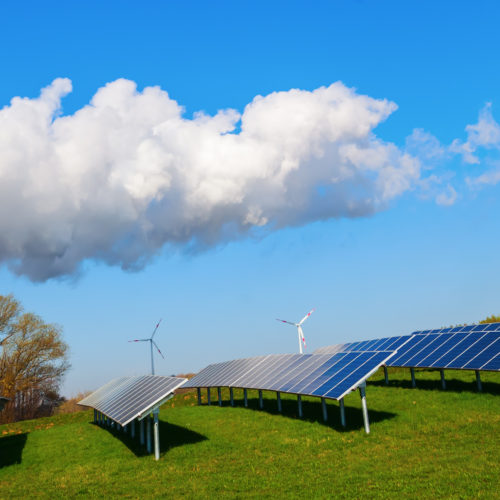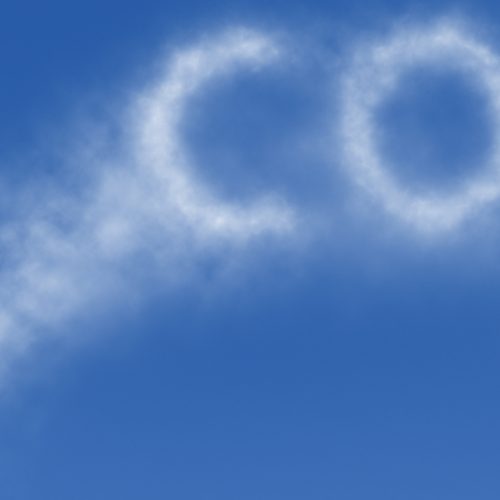
Do You Really Know Where Your Electricity Is Coming From?
WattTime Joins Rocky Mountain Institute to Show You
Four years ago, I was part of a group of graduate students from UC Berkeley and software engineers from Google and Climate Corporation who met at a hackathon. We unexpectedly discovered that by pooling our combined skills, we could solve a problem that hadn’t been cracked. For the first time, we could know when we flip on a light switch exactly where that power comes from.
We wanted to know this because with the rise of energy storage and smart devices, it was getting easier and easier for us to automatically set our equipment to use energy at any particular time we liked. But as environmentalists, we were struck that no one had ever answered this question: if I want to run a device when the grid is providing the cleanest energy, “watt time” is that?
We knew that, more and more often, power grids were experiencing brief moments of surplus clean energy. But when? To find out, we built our own software tool to determine—in real time—where our power was coming from. Soon, we had an app that could tell us specific times that we could use, say, our own laundry machines so that they would be running on surplus wind power. We were thrilled to become the first people on a modern power grid to not just passively consume energy, but to actively choose where and how our energy was being made.
Afterwards, we marveled that it had been so effortless to choose clean energy at the simple press of a button. But although the technology could let anyone just say no to polluting, it didn’t save any money. And as the economists well knew, no energy technology had ever scaled that didn’t save money. We assumed that was the end of it.
But the team couldn’t stop thinking about it, and more and more volunteers with deep technical expertise in the energy industry joined the effort. We started hearing from team members with day jobs at the World Resources Institute, the U.S. Department of Energy, Navigant, MIT, Stanford, PG&E, and countless other institutions. Two hundred and thirty volunteers and a lot of customer research later, we belatedly realized we had been wrong. People wanted this technology. A lot of people.
They showed us just how many thermostats, appliances, batteries, lighting systems, and other types of commercial devices—23 billion of them worldwide—were connecting to the internet in order to make smart choices. Nearly every one of those devices could be “WattTime-enabled” to effortlessly, instantly allow its owner to choose energy that fit the owner’s values. And because it ran in the cloud, our solution was fully capable of cutting the carbon footprint of a million-device fleet in minutes.
Stunned by the potential impact, we decided to build a system we call automated emissions reduction (AER). AER distills the massively complex problem of identifying where your power comes from into receiving a simple data feed that can be read by a smart device with the addition of two lines of code. With AER, WattTime is making consuming cleaner energy simple, effortless, cheap, and automatic.
Our earliest AER implementations automatically reduced emissions from humble electric golf carts for the UC Merced sustainability team. We steadily progressed to automatically reducing emissions from refrigerators, then air handlers, and soon, entire building energy management systems for UC Berkeley.
Over time, we began working more and more with one of the most respected institutions in sustainability, Rocky Mountain Institute (RMI). RMI carefully validated our algorithms, examined our code and our potential impact, and helped us workshop the fledgling AER industry with 60 interested organizations in Chicago in spring 2017.
We are thrilled to announce that, after thoroughly vetting the tech, RMI has both validated our work and decided to bet big on it. This week, RMI is formally incorporating WattTime as a subsidiary organization. We’ve gone from a team of volunteers to a nonprofit tech startup with a mission to allow the most accurate and credible measurement possible of emissions reductions. And we will benefit from the resources, the network, and the objectivity of the RMI team.

